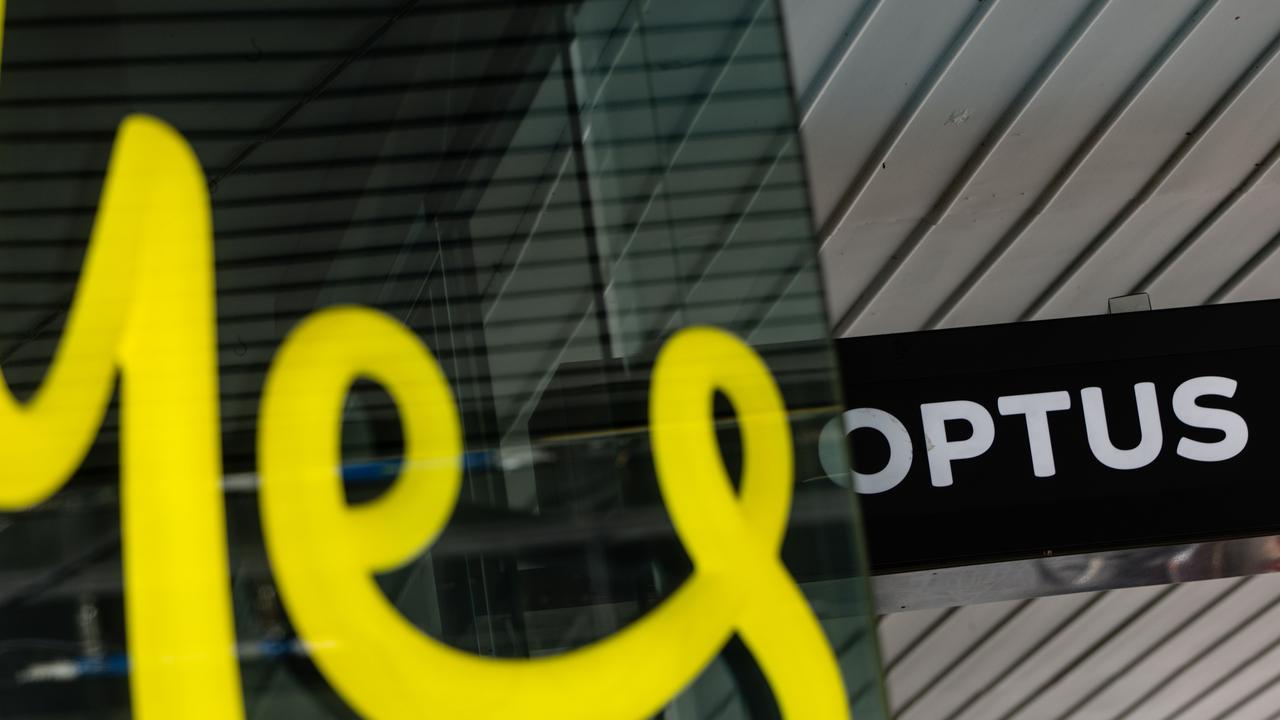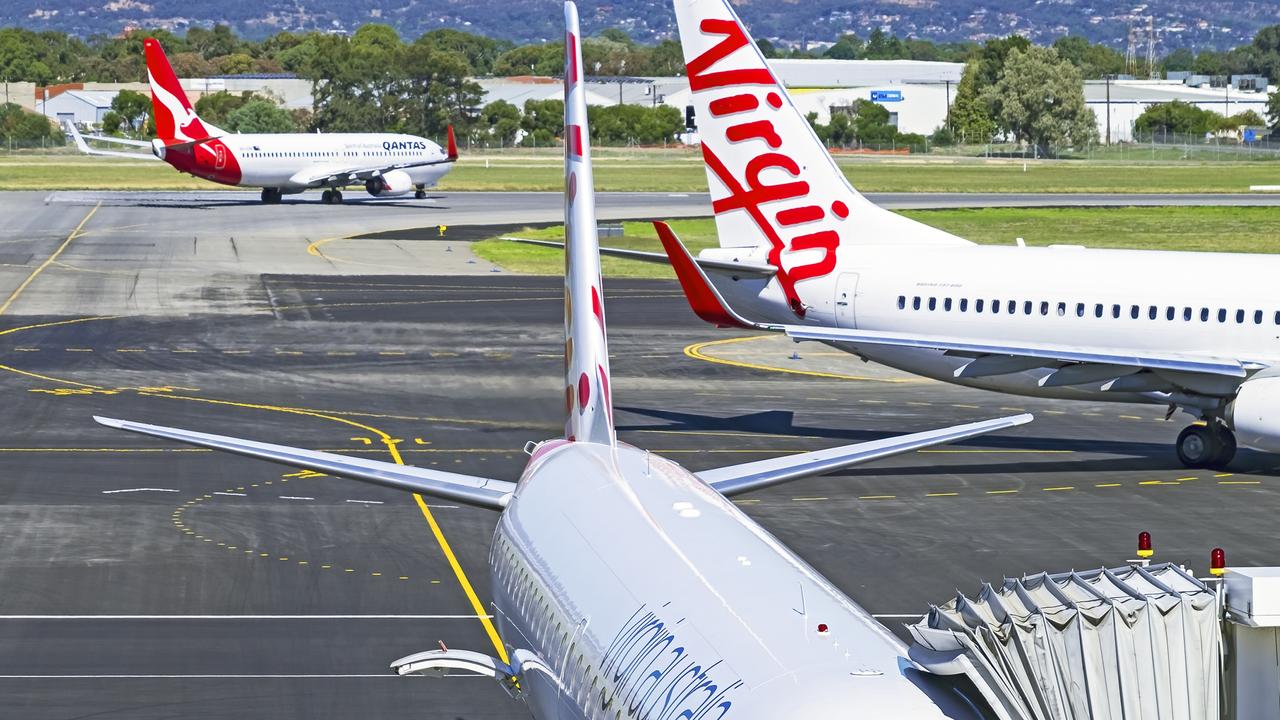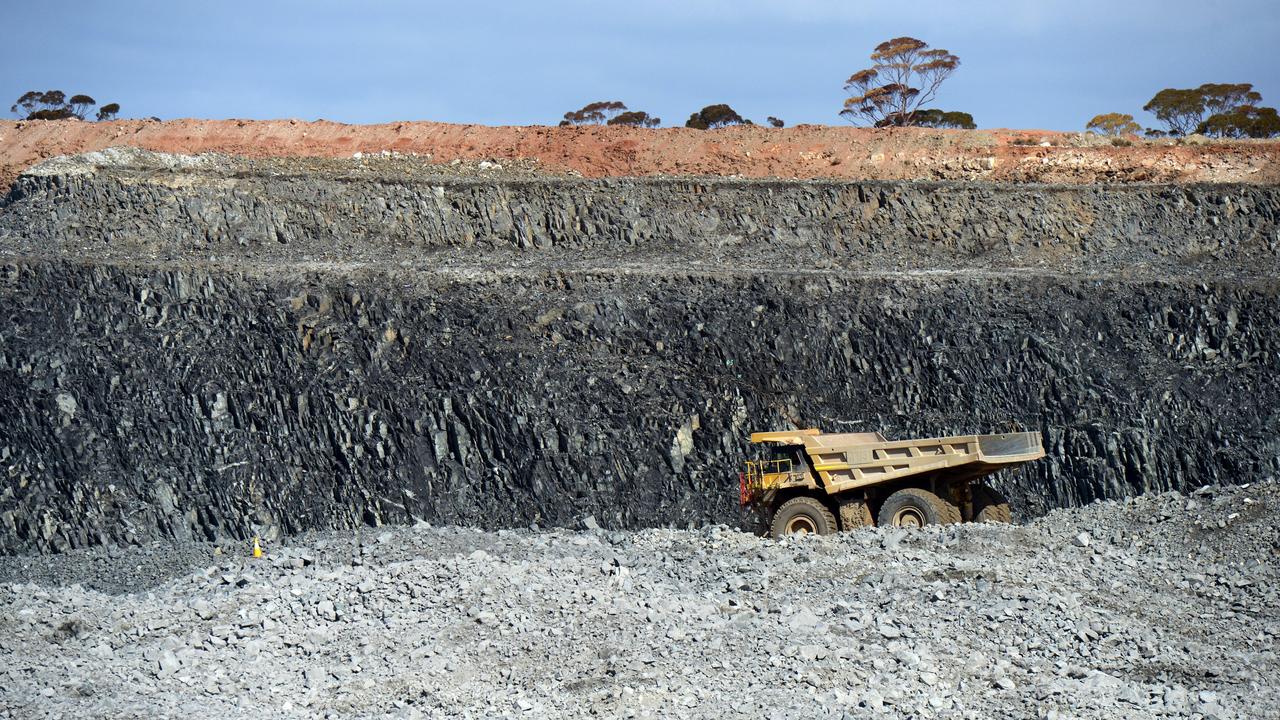BHP’s coking coal exports slump in March quarter, with company warning output guidance is at risk
The miner’s Queensland coal operations will need to put in a big performance in the next couple of months to hit the company’s guidance range.

Business
Don't miss out on the headlines from Business. Followed categories will be added to My News.
BHP’s Queensland coal operations will need to put in a big performance in the last few months of the financial year to hit the company’s guidance range after a slump in output and exports in the March quarter.
BHP’s coking coal exports from its Queensland operations slumped 18.8 per cent compared to the first quarter of 2022, and were down 12 per cent compared to the three months to the end of December.
The company shipped 12.4 million tonnes of coal in the period.
Production from BHP’s BMA assets in Queensland was down 12.8 per cent compared to the same period last year, to 13.9 million tonnes, but broadly in line with the December quarter.
BHP’s BMA operations produced 41.1 million tonnes of coal in the 9 months to the end of March, 2 per cent below last financial year.
The mining giant blamed wet weather for falling production levels, noting that its BMA operations had experienced the highest level of rainfall they had seen in the last decade – and the fifth wettest year in the last 50 years, with its Moranbah production hub recording 767mm of rain in nine months.

To hit the bottom end of its 58 to 64 million tonne production guidance range, BHP’s coking coal operations need to produce 16.9 million tonnes in the June quarter – a figure they have not reached since the June 2021 quarter, when BMA mines produced 18.5 million tonnes.
BHP warned on Friday further wet weather in Queensland may mean the company fails to meet its annual production targets.
Thermal coal exports were up from BHP’s Mt Arthur mine in NSW, however, to 3.7 million tonnes, from 2.7 million tonnes in the March 2022 quarter.
BHP’s Pilbara operations shipped 66.6 million tonnes of iron ore in the March quarter, marginally down on the first three months of 2022, but the company says it remains on track for a strong year of production from its Pilbara mines.
Pilbara iron ore exports fell 8.4 per cent compared to the December quarter, and total exports for the first nine months of the financial year are also down 1.6 million tonnes from the same period a year ago, to 209.5 million tonnes.
But BHP said its mines had produced 213 million tonnes in the nine months to the end of March, a record, putting the company within sight of the top end of its 278 to 290 million tonne annual production guidance.
The company’s quarter was marred by a stoppage at its rail operations following the death of a worker.
The soft export quarter for BHP came after Rio smashed records at its own iron ore division.
Chief executive Mike Henry said BHP retained a positive outlook for commodity demand, following from China’s economic recovery and “solid momentum” in India’s steelmaking sector.
BHP also has cut production targets for its Australian nickel and the Escondida copper mine in Chile, with wet weather also hampering output at the company’s Mt Keith nickel mine in WA.
BHP said it had downgraded expectations at Escondida due to the need to manage geotechnical issues in the main pit.
BHP shares were down 69c, or 1.5 per cent, to $45.37 at 1030 AEST.
More Coverage
Originally published as BHP’s coking coal exports slump in March quarter, with company warning output guidance is at risk









